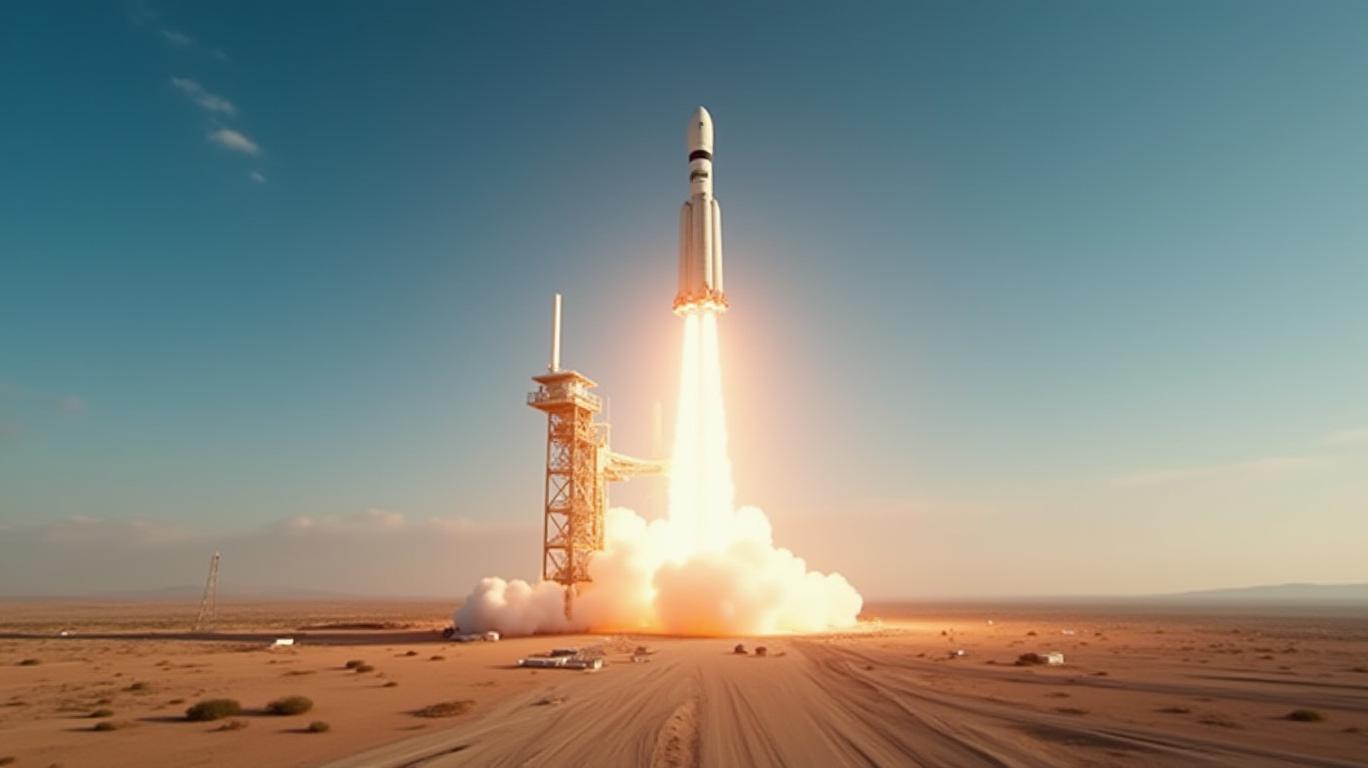Starlink's Orbital Revolution: Why SpaceX's Satellite Milestones Signal a Telecom Tipping Point
The rapid
of SpaceX's recent Starlink launches—culminating in the May 20, 2025 deployment of 23 satellites, 13 equipped for direct-to-cellphone communication—marks a pivotal moment in the evolution of global internet infrastructure. These missions, executed with unprecedented speed and precision, underscore a transformative shift: SpaceX is no longer just a rocket company but a global broadband disruptor. For investors, the question is clear: How do these milestones position Starlink to redefine connectivity, and where lies the opportunity in this orbital revolution?
The Scale of Disruption: Starlink's Launch Cadence and Market Reach
SpaceX's May 2025 launches exemplify its unrivaled operational efficiency. The May 16 Starlink 15-5 mission, the 1,000th Starlink launch of the year, and the May 20 Starlink 12-15 mission—both deploying satellites capable of direct-to-cellphone communication—highlight two critical advantages: scalability and technological innovation.
Reusable Rocketry Drives Cost Efficiency:
The May 20 launch utilized a brand-new Falcon 9 booster (B1095), which landed for reuse just 39 days after its first flight. This reusable architecture slashes launch costs to ~$25 million per mission, a fraction of traditional rocket expenses. By comparison, reveals a 70% cost advantage, enabling Starlink to deploy satellites at a pace unattainable by ground-based networks.Global Coverage, Instantly:
With over 8,700 satellites launched to date (7,518 operational as of May 2025), Starlink's constellation already rivals the combined capacity of all other satellite providers. The May 20 mission's direct-to-cellphone satellites extend coverage beyond fixed terminals, targeting rural and maritime markets—sectors where traditional telecom giants like AT&T and Verizon lag. For investors, this means first-mover advantage in untapped markets.
Regulatory Tailwinds and Market Penetration
Starlink's growth is further buoyed by regulatory support. The U.S. Federal Communications Commission (FCC) has fast-tracked approvals for Starlink's 2025 shell densification plans, which will add thousands more satellites to improve latency and bandwidth. Meanwhile, emerging economies—such as India, Brazil, and Indonesia—are prioritizing satellite internet to bridge the digital divide.
illustrates how Starlink is outpacing terrestrial infrastructure. In Africa alone, where 60% of rural areas lack internet access, Starlink's 2025 expansion could capture a multi-billion-dollar market.
The Investment Case: Why Act Now?
For tech and infrastructure investors, Starlink represents a rare convergence of scalable technology, regulatory clarity, and pent-up demand.
Competitive Disruption:
Traditional telecom stocks—think —are stagnating as Starlink erodes their dominance in high-latency markets. Satellite broadband's global reach and low latency threaten to make landline and cellular backhaul infrastructure obsolete.Supply Chain Opportunities:
The Starlink ecosystem is a goldmine for suppliers. Companies like Maxar Technologies (MAXR), which builds satellite components, and L3Harris (LHX), involved in ground systems, benefit from SpaceX's relentless launch cadence.Starbase and Beyond:
The May 27 Starship Flight 9 launch from SpaceX's newly incorporated Starbase, TX, signals ambitions beyond Earth's orbit. Investors in space infrastructure—e.g., Axiom Space (AXIOM), partnering on private ISS missions—gain exposure to a sector where SpaceX's leadership is unchallenged.
Risks and the Path Forward
Regulatory pushback in Europe and orbital debris concerns remain risks. However, SpaceX's track record of addressing technical hurdles—e.g., phasing out older satellites—mitigates these. For investors, the high barrier to entry (technical, financial, and regulatory) ensures Starlink's dominance for years.
Conclusion: The Orbital Economy is Here
Starlink's May 2025 milestones are not merely technical achievements—they are strategic land grabs in the $1.5 trillion telecom market. With a constellation that can blanket the planet in minutes and a business model that outpaces legacy players, SpaceX is rewriting the rules of connectivity.
For investors, the calculus is clear: Starlink is the 5G of satellites—and it's already ahead of the curve.
Act now, or risk missing the launch.
Data queries and visualizations sourced from SpaceX's mission logs, FCC filings, and market analyses by Morgan Stanley and McKinsey.

Comments
No comments yet